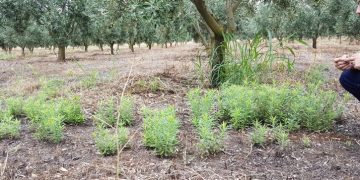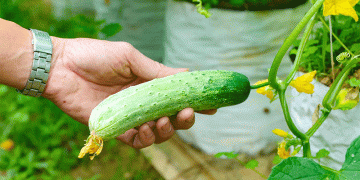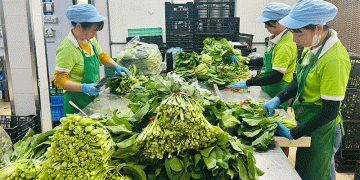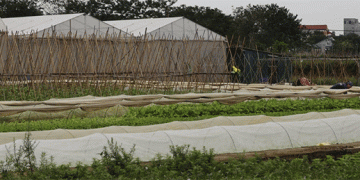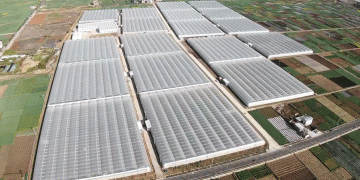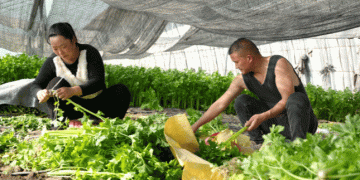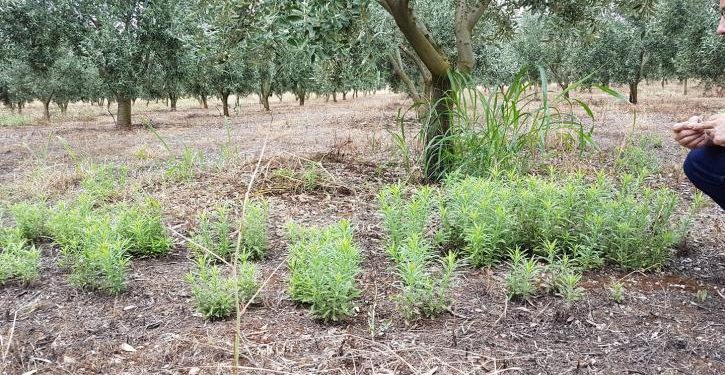#Glyphosate #GreenAgriculture #SustainableFarming #EuropeanUnion #Pesticides #EnvironmentalImpact #HealthConcerns #AgricultureTrends #AgriculturalInnovation #EuropeanPolicy
In the ever-evolving landscape of European agriculture, the spotlight is once again on glyphosate, the contentious herbicide widely utilized in farming practices. As the European Union contemplates its approval for another decade, the dichotomy between agricultural efficiency and environmental sustainability takes center stage.
Glyphosate and Its Controversial Journey
Glyphosate, commercialized as Roundup by the American company Monsanto in the ’70s, gained immense popularity for its effectiveness against a broad spectrum of weeds. The acquisition of Monsanto by the German chemical giant Bayer in 2018 heightened interest, especially considering the legal battles and mounting lawsuits over health issues associated with glyphosate.
Public Concerns and the Green Agenda
The public’s growing skepticism towards the myriad of pesticides used in food production, particularly glyphosate, has ignited a broader debate. From initial fascination in the ’70s to contemporary concerns, questions persist about the impact on not just the targeted weeds but also neighboring crops, insects, birds, and animals. Against this backdrop, the European Union aims for a 50% reduction in agrochemical use by 2030 as part of its broader green agenda.
The International Glyphosate Quandary
Internationally, glyphosate faces scrutiny, with the World Health Organization categorizing it as a potential carcinogen in 2015. Legal battles in the United States and mounting concerns about health impacts valued at €11 billion underscore the gravity of the situation. However, glyphosate remains a linchpin in global agriculture, representing 92% of herbicides in 2014.
The European Decision Dilemma
As the EU deliberates the fate of glyphosate, the complexities of the decision become apparent. The license for glyphosate expired in 2022, prompting a one-year extension while an exhaustive review was conducted. The scientific committee, analyzing 14,000 studies, highlighted concerns about biodiversity and vision but found no conclusive evidence of its carcinogenicity. The European Commission proposed a 10-year reapproval, but the decision reached an impasse in a political committee vote.
The Political Chessboard
Notably, Germany, France, and Italy abstained from the vote, signaling a shift in France’s stance from negative to essentially neutral, contributing to the referral of the matter back to the European Commission for a final decision. The surprising alignment of these major agricultural powers raises questions about the delicate balance between agricultural interests and environmental responsibility.
The glyphosate dilemma encapsulates the broader challenge facing European agriculture. Balancing the need for effective herbicides with the imperative of sustainable farming practices is a complex task. As the EU grapples with this decision, the world watches, recognizing that the outcome will significantly influence the trajectory of green agriculture on the continent.
